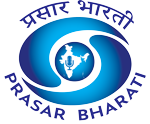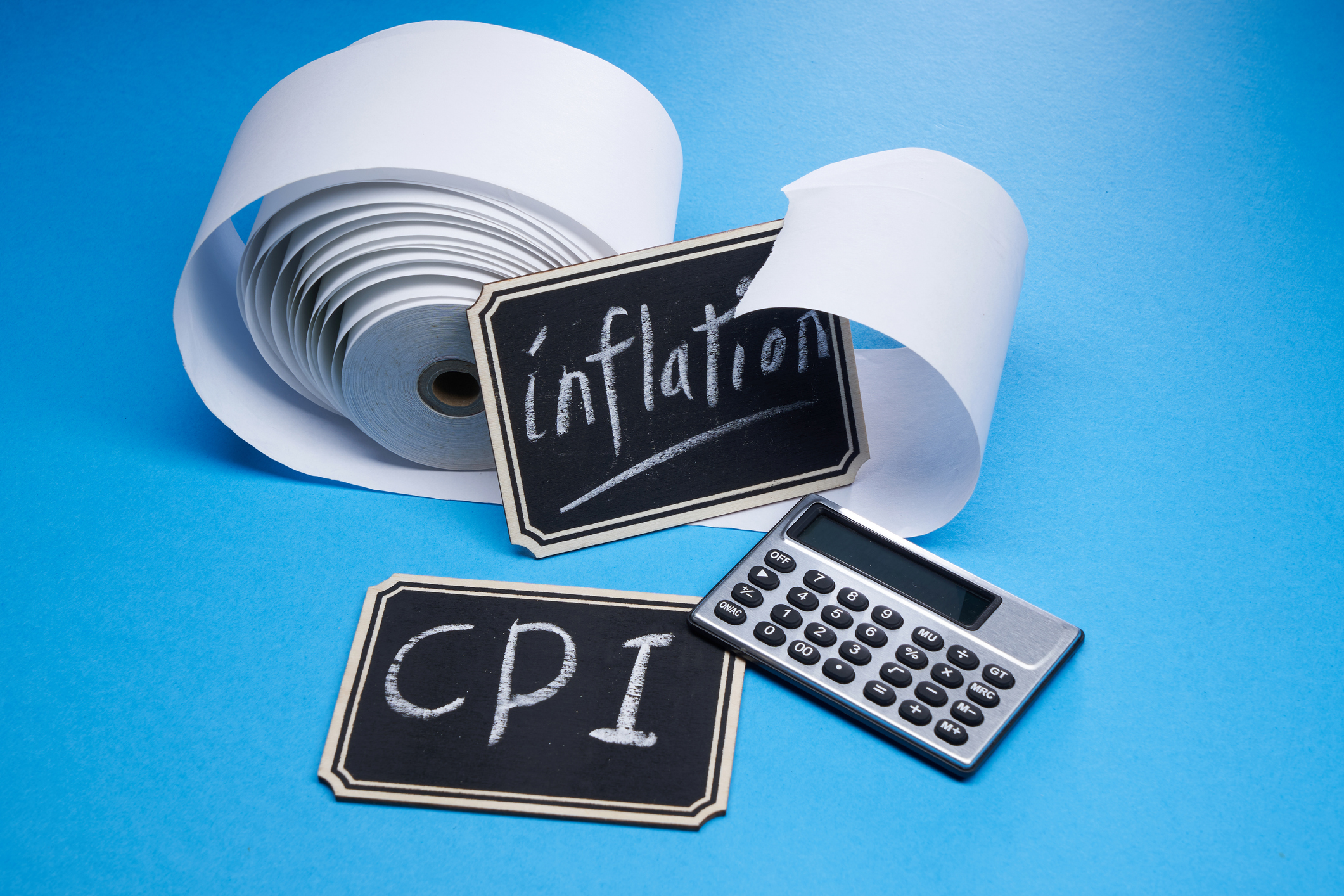India’s retail inflation for June 2025 has dropped to its lowest level in more than six years, according to the latest data released by the Ministry of Statistics and Programme Implementation. The provisional Consumer Price Index (CPI) shows that headline inflation for June stood at 2.10 percent for the country overall, with rural inflation at 1.72 percent and urban inflation at 2.56 percent. This marks the lowest headline CPI since January 2019, offering a significant respite to households grappling with cost pressures over recent years.
Food inflation, which has often been the primary driver of household expenses, remained in the negative for the second month in a row. The Combined Consumer Food Price Index (CFPI) recorded a deflation of 1.06 percent in June, with rural areas seeing a 0.92 percent decline and urban areas witnessing a 1.22 percent fall in food prices. Compared to the same period last year, the drop in food inflation has been substantial, mainly due to easing prices of vegetables, pulses, cereals, milk, meat and fish, sugar and spices.
On a month-on-month basis, headline inflation in June rose by 0.62 percent, while food inflation increased by 1.08 percent, largely in line with seasonal trends and normal price movements. Meanwhile, certain core categories continue to show moderate yet steady increases. Housing inflation in urban areas came in at 3.24 percent, slightly higher than May’s 3.16 percent. Education inflation was recorded at 4.37 percent compared to 4.12 percent in the previous month, while health expenses rose by 4.43 percent, up from 4.34 percent. Transport and communication costs remained stable, increasing marginally to 3.90 percent from 3.85 percent. Fuel and light inflation dropped to 2.55 percent from 2.84 percent in May.
The ministry highlighted that the price data for this calculation was gathered from over 1,100 urban markets and 1,181 villages, with 100 percent coverage in rural areas and over 98 percent coverage in urban centres. This robust coverage ensures that the estimates reflect prevailing market conditions across the country.
Economists believe that the sustained decline in food prices will offer relief to households, but they also point out that the persistent rise in services such as health, education and housing requires careful monitoring. The latest figures suggest that inflation is well within the Reserve Bank of India’s target range of 2 to 6 percent, giving policymakers more room to focus on growth and employment in the coming months.
The final inflation report for June will be released on August 12. Until then, the latest numbers present a clear picture of easing consumer prices and a cautious optimism for economic planners who have been grappling with fluctuating global commodity prices and unpredictable weather patterns affecting agricultural output.














